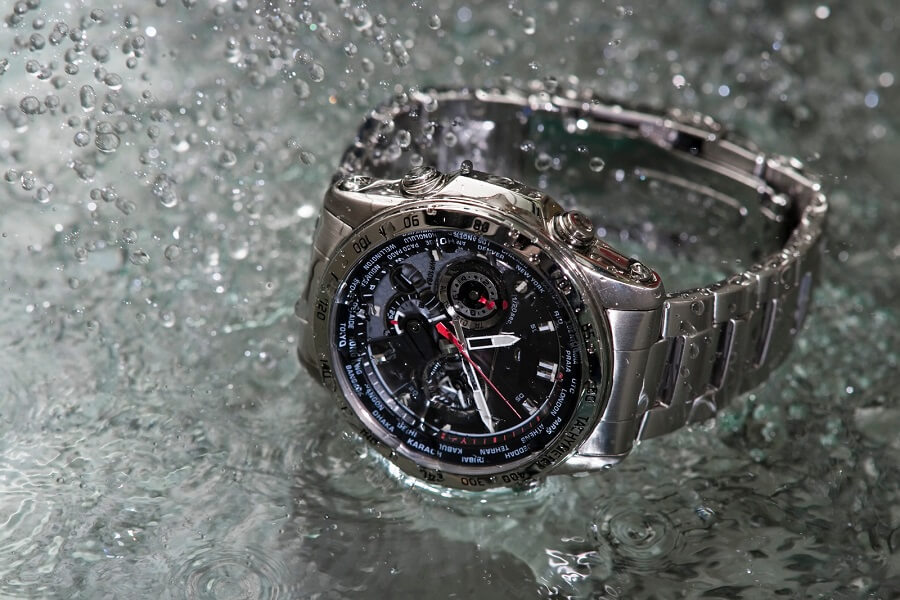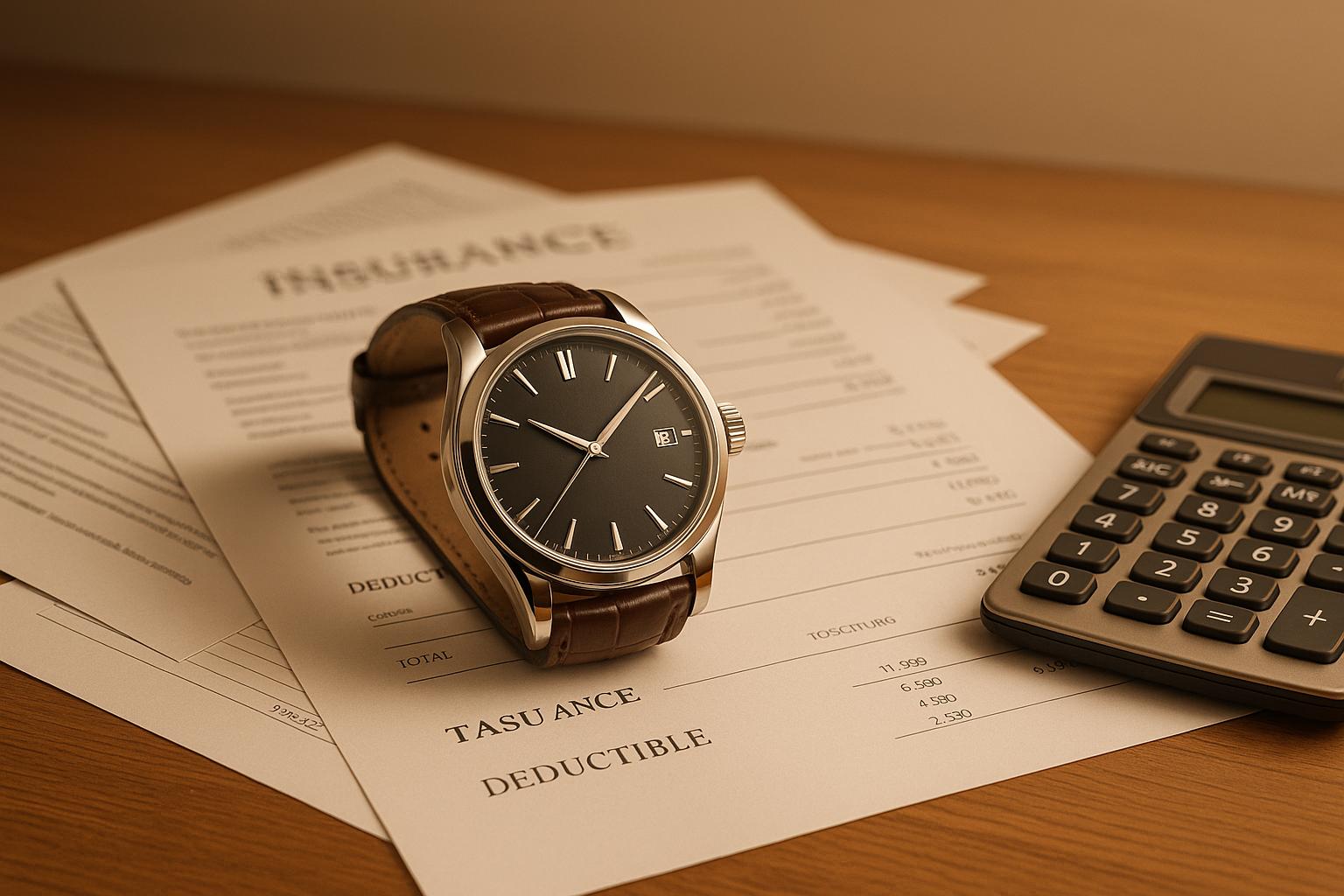Investing in a quality timepiece is often accompanied by a desire to ensure its longevity and functionality. Among the various factors contributing to the durability of a watch water resistance stands as a paramount feature, especially for individuals leading active lifestyles or those who simply appreciate a watch that can withstand everyday challenges. However, understanding the level of water resistance your watch offers and how to test it appropriately is vital in maintaining its integrity. In this guide, we’ll delve into the importance of water resistance, how it’s measured, and methods for testing it effectively.
Understanding Watch Water Resistance
Water resistance refers to a watch’s ability to withstand water exposure without compromising its internal mechanisms. It’s crucial to note that water resistance is not a permanent feature and can diminish over time due to factors like aging gaskets, damage to the case, or improper handling. Therefore, regular testing and maintenance are essential to ensure your watch retains its water-resistant properties.
Water Resistance Ratings
Watch manufacturers assign water resistance ratings to their timepieces, indicating the level of protection they offer against water ingress. These ratings are often expressed in meters, atmospheres (ATM), or bars (1 ATM is approximately equal to 10 meters). Here’s a general guideline to decipher water resistance ratings:
- 30 meters (3 ATM/3 bar): Suitable for everyday use, including accidental splashes or exposure to rain. Not suitable for swimming or diving.
- 50 meters (5 ATM/5 bar): Resistant to water splashes and brief immersion in water, such as swimming in shallow depths.
- 100 meters (10 ATM/10 bar): Suitable for swimming and snorkeling but not for scuba diving.
- 200 meters (20 ATM/20 bar) or more: Designed for professional marine activities such as scuba diving.
Factors Affecting Water Resistance
Several factors influence a watch’s water resistance, including:
- Gaskets: Rubber or silicone seals prevent water from entering the watch case.
- Case Construction: Solid case backs and screw-down crowns enhance water resistance.
- Crystal: High-quality materials like sapphire crystal provide added protection against water ingress.
- Resilience to Pressure: Watches undergo rigorous testing to ensure they can withstand underwater conditions.
Testing Watch Water Resistance
While watches are tested for water resistance during manufacturing, it’s prudent for owners to conduct periodic tests to ensure continued protection. Here are some methods for testing water resistance:

1. Dry Test:
Start by inspecting the watch for any visible signs of damage to the case, crown, or gaskets. Ensure the crown is screwed or pushed in tightly if it’s a screw-down crown. Then, immerse the watch in a glass of water for a few seconds. If no moisture appears inside the watch after removal, it indicates the water resistance is intact. However, this method only provides a preliminary indication and may not accurately reflect the watch’s resistance under real-world conditions.
2. Condensation Test:
Place the watch in a warm, humid environment, such as a bathroom with a hot shower running. After about 10 minutes, remove the watch and check for any condensation inside the crystal. Condensation indicates a breach in water resistance and necessitates immediate servicing.
3. Professional Pressure Test:
For a comprehensive evaluation of water resistance, consider taking your watch to a professional watchmaker or authorized service center. They can conduct a pressure test using specialized equipment to simulate underwater conditions and accurately assess the watch’s resistance.
Maintenance Tips:
To preserve your watch’s water resistance over time, follow these maintenance tips:
- Avoid exposing the watch to extreme temperature changes, as this can affect the integrity of the gaskets.
- Rinse your watch with fresh water after swimming in saltwater to remove any salt residue.
- Have your watch serviced regularly by a certified watchmaker to replace worn-out gaskets and ensure optimal performance.
Common Mistakes to Avoid
- Assuming Waterproof Means Invincible:
While a watch may boast impressive water resistance ratings, it’s essential to remember that no timepiece is entirely impervious to water damage. Avoid exposing your watch to extreme conditions beyond its stated capabilities. - Neglecting Regular Maintenance:
Over time, seals and gaskets can degrade, compromising the watch’s water resistance. Schedule periodic maintenance checks with a certified watchmaker to ensure your timepiece remains in optimal condition. - Using the Crown Improperly:
Improperly operating the crown, especially on watches with screw-down crowns, can create openings for water to seep into the case. Always ensure the crown is fully tightened before exposing the watch to water.
Water Resistant vs. Waterproof Watch
Water Resistant and Waterproof are often used interchangeably, but they have distinct meanings. A water-resistant watch can withstand moisture to varying degrees, as indicated by its depth rating. However, there’s no such thing as a truly waterproof watch; instead, watches are labeled as water-resistant to convey their ability to resist water up to a certain depth. Understanding these terms is crucial when selecting a timepiece for specific activities. Always check the depth rating and guidelines provided by the manufacturer to ensure your watch suits your needs and avoids water damage.
Frequently Asked Questions
How often should I test my watch for water resistance?
Regularly test your watch every 6-12 months, especially before engaging in water-related activities.
Can I wear a water-resistant watch in the shower?
While many water-resistant watches can withstand brief exposure to water, it’s best to avoid wearing them in the shower, as prolonged exposure to hot water and soap can damage the seals.
What should I do if water enters my watch?
Immediately remove the watch from water, dry it thoroughly with a soft cloth, and take it to a professional watchmaker for inspection and servicing.
How often should I replace the seals in my watch?
Seals should be replaced every 1-2 years or whenever they show signs of wear or damage to maintain optimal water resistance.
Can I test my watch’s water resistance with just a water droplet?
While the water droplet test can provide some indication of water resistance, it’s recommended to perform multiple tests, including the tissue paper and submersion tests, for a more comprehensive assessment.
Is water resistance permanent?
Water resistance diminishes over time due to wear and tear, necessitating periodic maintenance to uphold its integrity.
Conclusion
Water resistance is a fundamental feature of any quality timepiece, providing protection against water damage and prolonging its lifespan. By understanding your watch’s water resistance rating and performing regular tests, you can safeguard it from potential harm and enjoy peace of mind knowing it can withstand the rigors of everyday wear. Remember, proper maintenance is key to preserving your watch’s water resistance, so don’t hesitate to seek professional servicing when needed.
Read Also:
Five Ways You Can Seriously Damage Your Luxury Watch
Properly Maintaining Your Luxury Watch – Five Easy Steps


